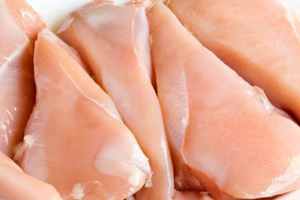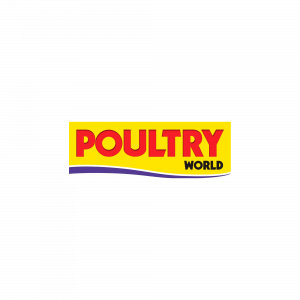UK poultry sector winning campylobacter battle

A significant drop in the levels of campylobacter contamination in shop-bought chicken suggest the poultry industry is winning the battle to improve the food safety record of its products.
Results for the October to December 2015 period of the Food Standards Agency’s latest annual survey show that the total proportion of birds testing positive came to 59%, down from 74% in the same months of 2014.
Cases of highly contaminated poultry reduced
More significantly, the latest data show that 11% of chickens tested positive for the highest level of contamination, down from 19% in the October to December period of 2014. These most heavily contaminated birds, carrying more than 1,000 colony forming units per gram (cfu/g), are the focus of the current reduction target.
That target is for contamination rates at the end of the slaughter process to be below 10%, though at retail that equates to 7%, due to the natural “die-off” of campylobacter through the chill chain.
Also interesting: UK consortium developing campylobacter vaccine
The English poultry company Banham Poultry is working in partnership with the University of Swansea, Ridgeway Biologicals and Crowshall Veterinary Services to develop a new autogenous vaccine against campylobacter.
Positive impact on Campylobacter food poisoning
“Research has shown that reducing the proportion of birds in this category will have the biggest positive impact on public health,” said an FSA statement, which noted that 280,000 people a year get sick from campylobacter food poisoning. The FSA acknowledged that interventions such as improved biosecurity, SonoSteam treatment in factories and the trimming of neck skins “may be helping to deliver the improved results”.
“The trimming of the neck skin, the most highly contaminated skin area, means chickens are carrying less campylobacter,” said the statement. But, while making chickens safer, it also means comparisons to the first year’s FSA survey are more difficult, as more neck skins were analysed then. “The FSA will review the impact of this successful intervention to ensure the survey results remain robust,” it said.
Also interesting: Campylobacter reduction: Feed additives role
The use of feed additives to reduce a Campylobacter infection in a broiler flock is promising, a new study has shown. The study was published in the journal Poultry Science.
Significant investment in poultry industry
The British Poultry Council has welcomed the latest findings. “The trend is clear; significant industry investment and reduction strategies are working, with campylobacter levels consistently reducing over time,” said BPC chairman John Reed.
The FSA survey reveals that supermarket chain Morrisons achieved the greatest reduction in high contamination rates, down to 5.4%, while Sainsbury’s saw a surprise increase, to 17.6%. Overall, contamination levels were lower compared with the pervious (July to September) quarter, due in part to seasonal effects.













